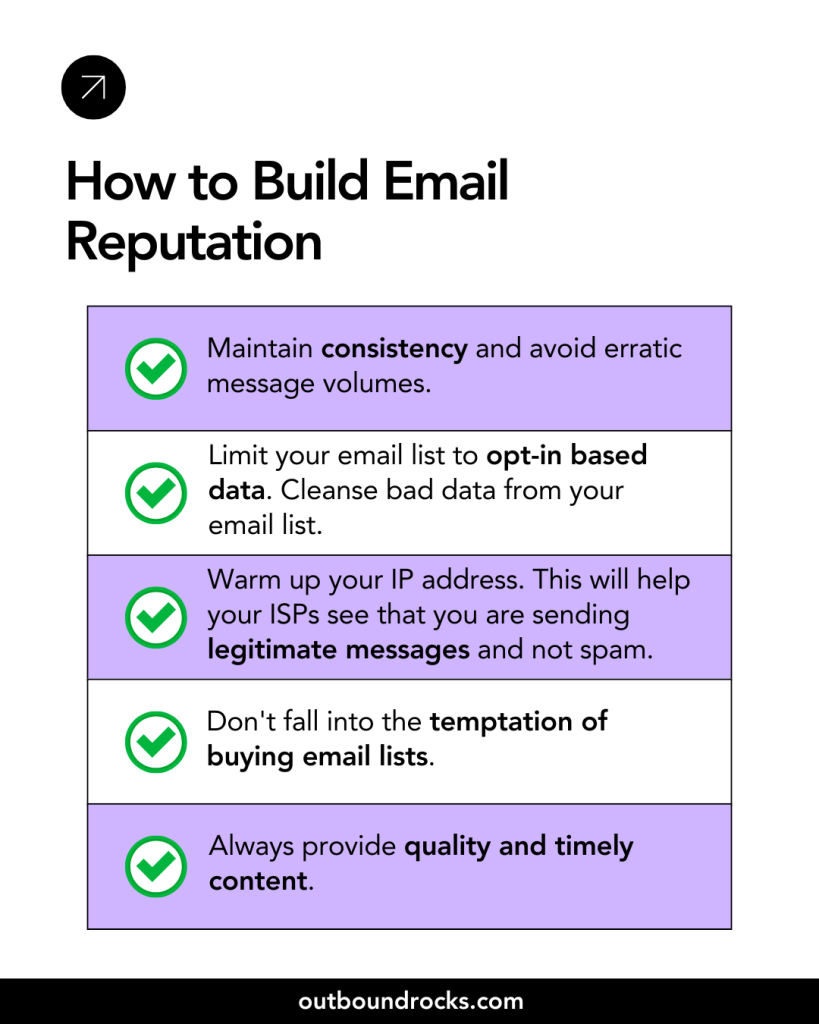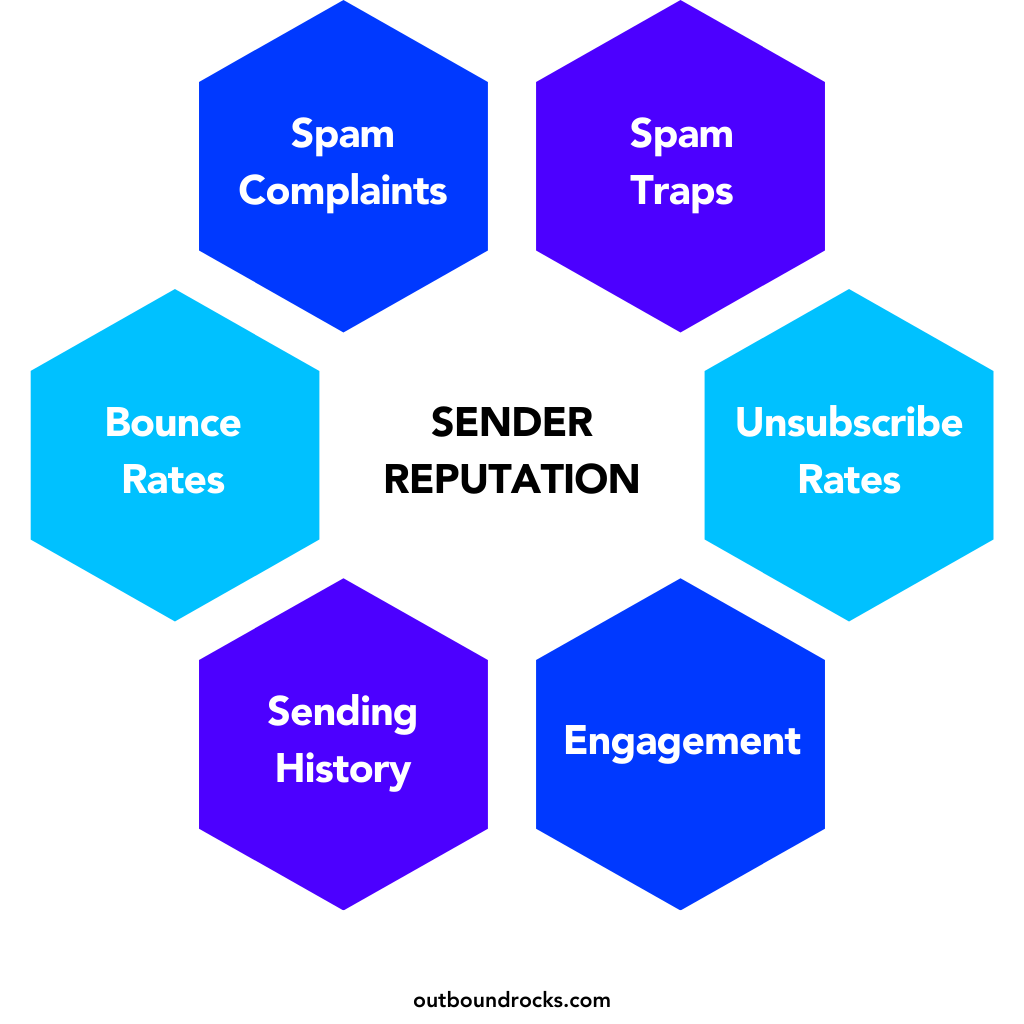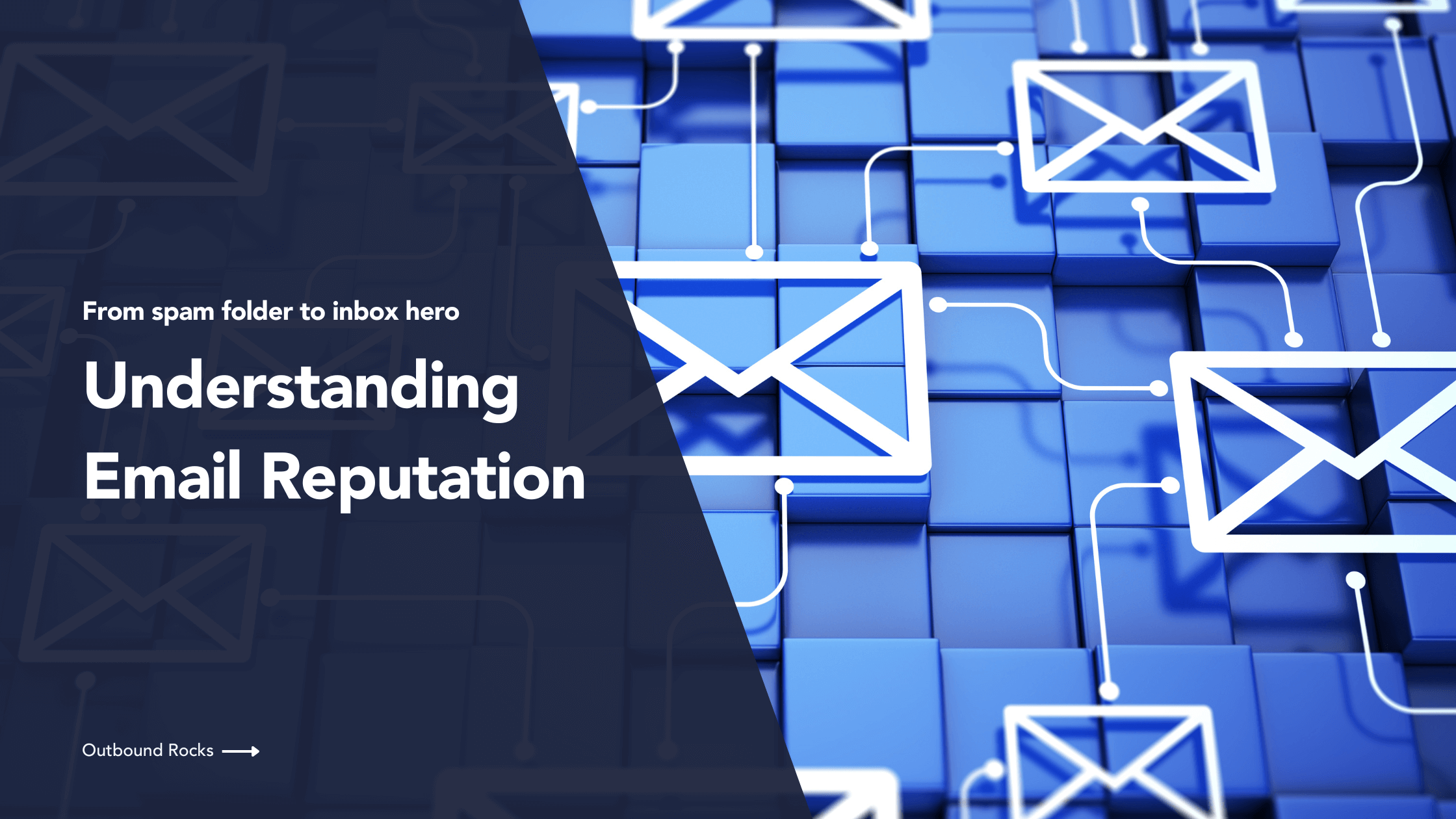The inbox is a battleground for attention. Companies need a strategic advantage to ensure that their emails reach their intended audience, and email reputation is their secret weapon for maximizing deliverability.
In this article, we will navigate the world of email reputation and equip you with powerful strategies to build trust and improve deliverability.
Read on to ensure you have a complete understanding of this essential element of email marketing success.
TABLE OF CONTENTS
– What is email reputation and why should you care?
– Factors that affect email reputation
– Strategies for building a positive email reputation
– Conclusions
What is email reputation and why should you care?
Email reputation refers to the perceived trustworthiness and credibility of a sender’s email domain or IP address in the eyes of Internet Service Providers (ISPs) and mailbox providers.
In essence, it serves as a measure of how recipients perceive email from a particular sender.
So why should you care about your email reputation? Well, simply put, your email reputation directly impacts the success of your email marketing efforts.
A positive reputation translates into better inbox placement rates, higher deliverability, and increased engagement with your audience.
On the other hand, a poor reputation can cause your emails to be flagged as spam, relegated to the dreaded junk folder, or even blocked outright by ISPs.

Factors that affect email reputation
Based on our experience at Outbound Rocks, these are the factors that most influence how email providers perceive your reputation as a sender. Here are some of the most important ones:
a) Sender authentication protocols (SPF, DKIM, DMARC)
These protocols work together to verify the legitimacy of your email and prevent spoofing.
Implementing these protocols demonstrates to email providers that you’re a responsible sender and helps them filter out fraudulent emails that might impersonate your address.
b) Engagement metrics
Email providers track how recipients interact with your emails. High open and click-through rates indicate that your content is relevant and engaging.
Conversely, low engagement or high complaint rates (recipients marking your emails as spam) can negatively impact your reputation.
c) Content quality and relevance
The content itself is critical. Emails with relevant, valuable information and clear calls to action are more likely to be opened and engaged with.
Strategies for building a positive email reputation
Building a strong email reputation requires a commitment to best practices. Here are some of the key strategies recommended to our customers:
1. Consistent sending practices
According to the Hubspot documentation, if you send a lot of email over time, you’re likely to get some spam complaints.
To avoid this, we recommend that you maintain a consistent sending schedule to establish trust and reliability with both recipients and ISPs.
In summary, try to maintain a predictable sending frequency. This will signal to mailbox providers that your emails are legitimate and reduce the likelihood of being flagged as spam.
2. Segmentation and personalization
Segmentation and personalization are powerful tools for increasing the relevance of your email campaigns while fostering positive recipient engagement.
By segmenting your email list, you can tailor your messages to better meet the unique preferences of different audience segments.
3. Opt-in and permission-based marketing
Implementing double opt-in processes, where subscribers confirm their subscription via email, further reinforces this consent and helps weed out invalid or fraudulent email addresses.
By obtaining explicit permission from recipients, you ensure that your messages are welcomed, minimizing the risk of spam complaints and improving deliverability.
4. Proper handling of bounces and complaints
Bounces, which occur when an email is undeliverable due to invalid or non-existent email addresses, should be promptly removed from your mailing list to avoid a negative impact on your reputation.
Similarly, handling recipient complaints in a timely and respectful manner is essential to mitigate damage to your reputation and maintain trust with ISPs and mailbox providers.
Providing clear unsubscribe options, promptly honoring opt-out requests, and actively monitoring and responding to spam complaints are all integral parts of proper complaint handling practices.

Want to learn more? In our blog post, “How Email Domain Reputation is Calculated,” we break down the key concepts of domain reputation, explore how this score works, and explain how it’s calculated.
Conclusions
In summary, mastering email reputation is a multifaceted endeavor that is a cornerstone of any successful email marketing effort.
Are you ready to take your outbound campaigns to the next level? Try our free demo today and discover how Outbound Rocks can help you optimize your sales funnel and connect with your ideal prospects.
